¿Me quieres seguir? ¿En qué dirección?

Vista de la exposición ¿Me quieres seguir?¿En qué dirección?, 2016.
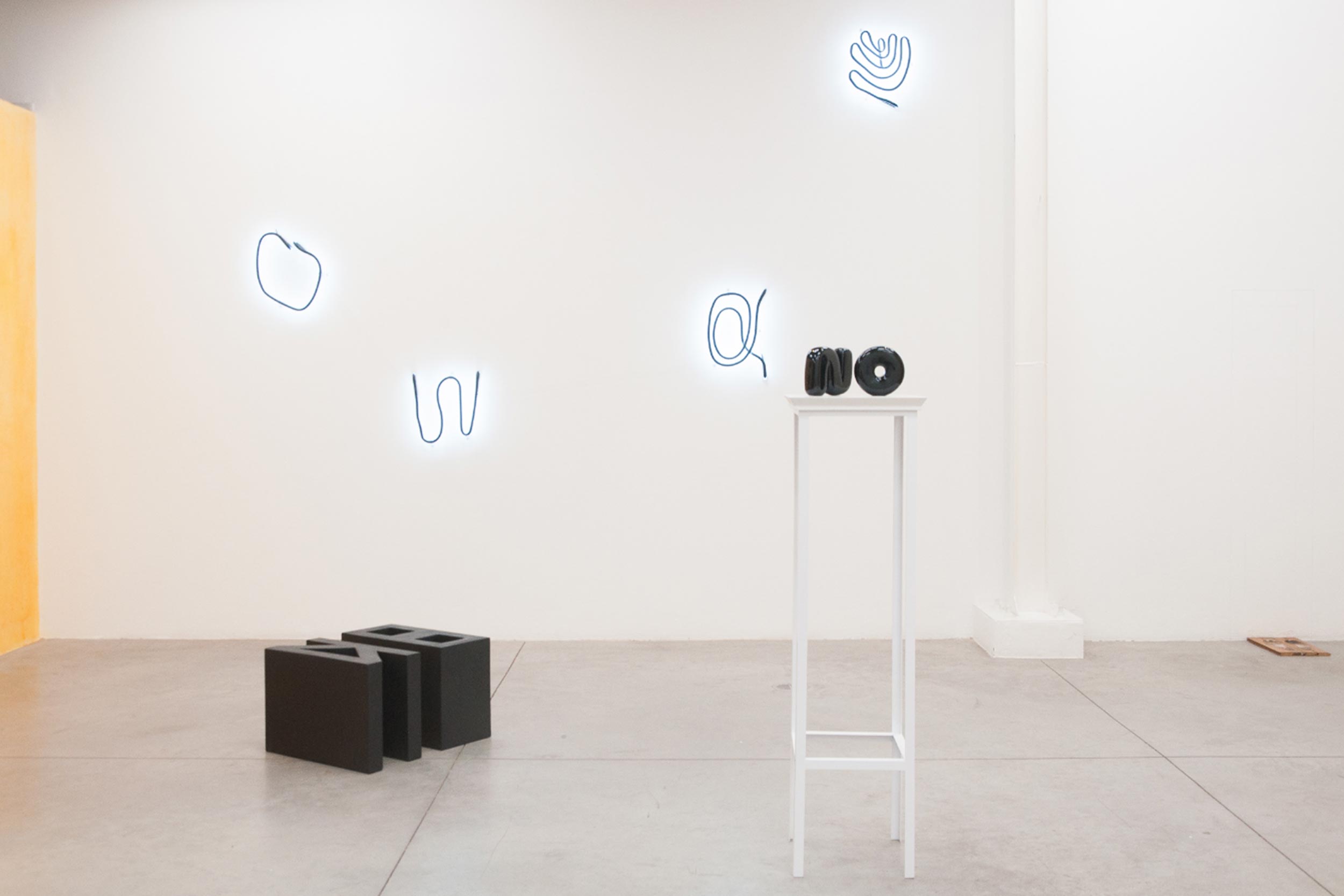
Vista de la exposición ¿Me quieres seguir?¿En qué dirección?, 2016.
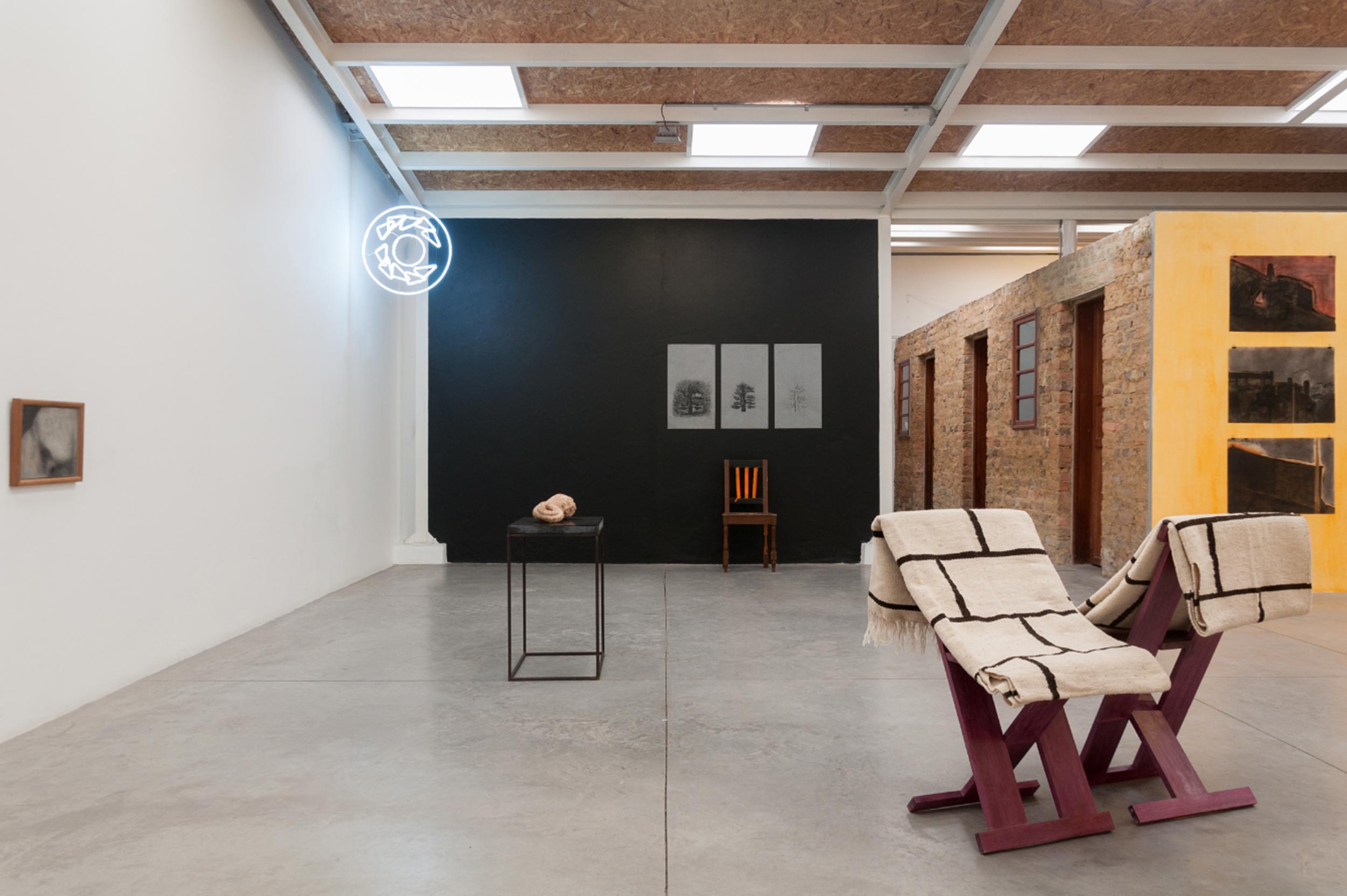
Vista de la exposición ¿Me quieres seguir?¿En qué dirección?, 2016.

Vista de la exposición ¿Me quieres seguir?¿En qué dirección?, 2016.

Ana Roldán. This is boring. No it's not, 2016.
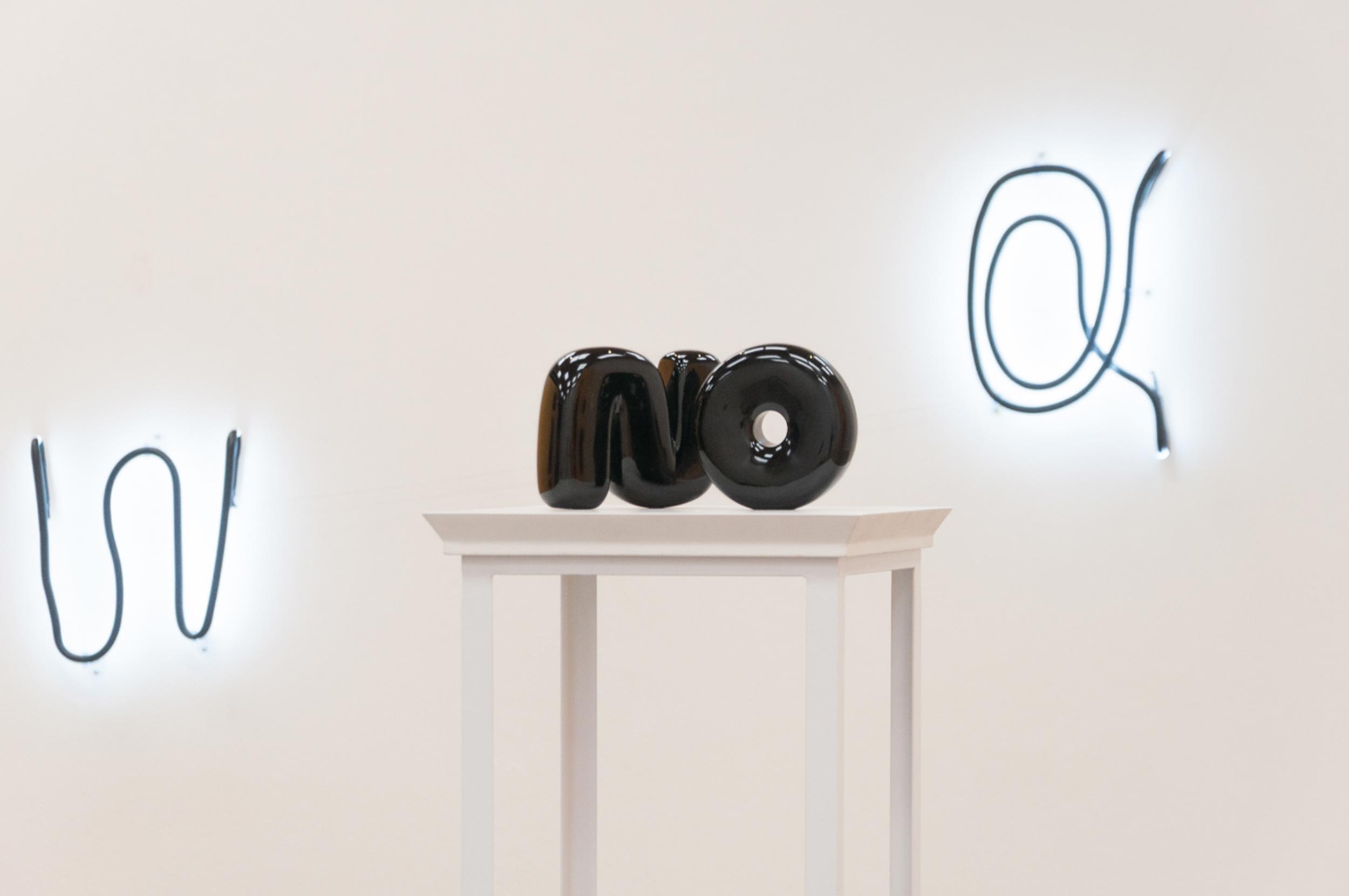
Ana Roldán. This is boring. No it's not y Cuerpos negativos, 2016.
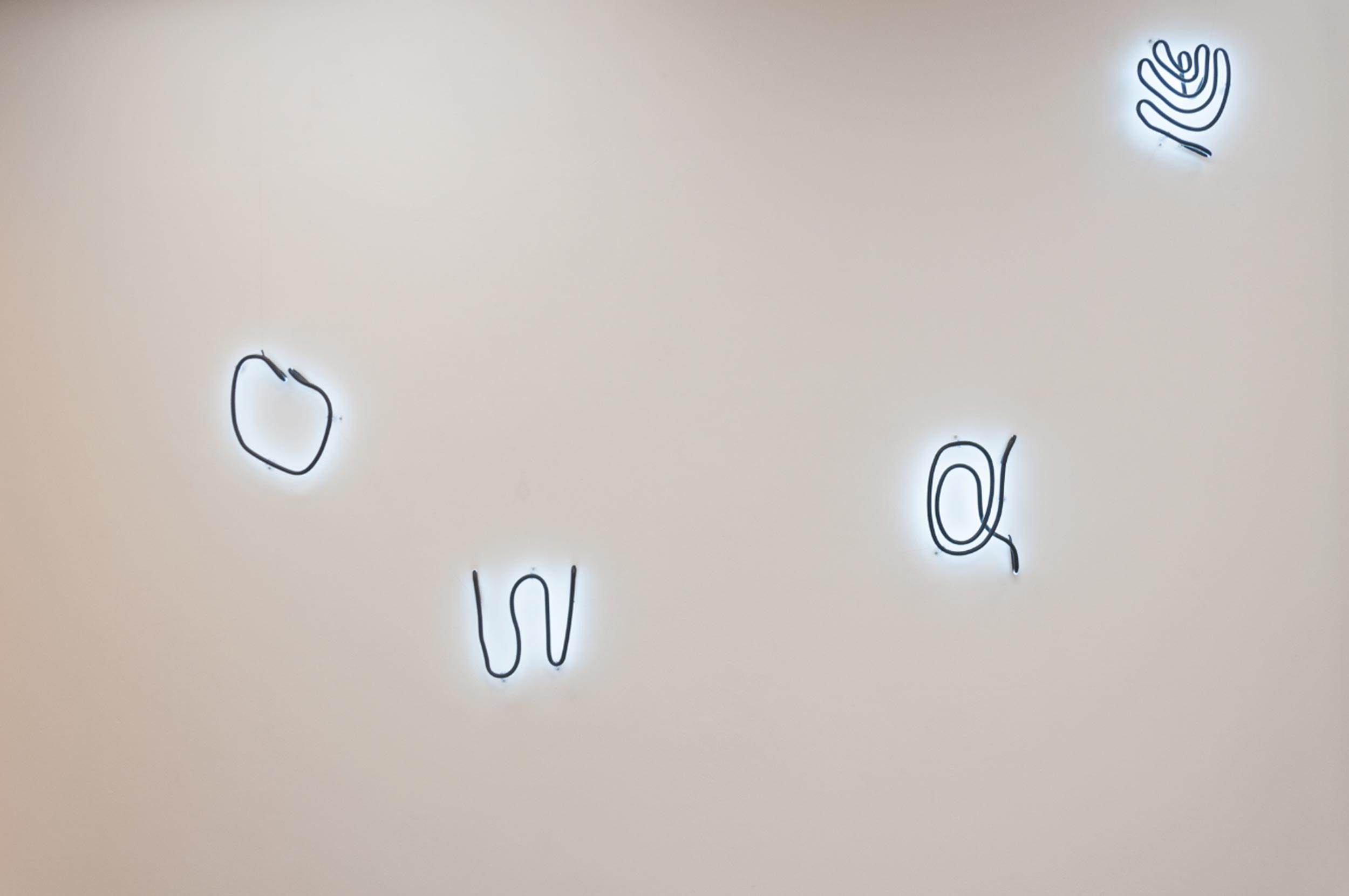
Ana Roldán. Cuerpos negarivos, Serpiente 6; 11; 18; 14, 2016. 29 x 40 cm. Neón, pintura.

Miguel Huertas. Las líneas de la vida y Umbral, 1995 - 2016.
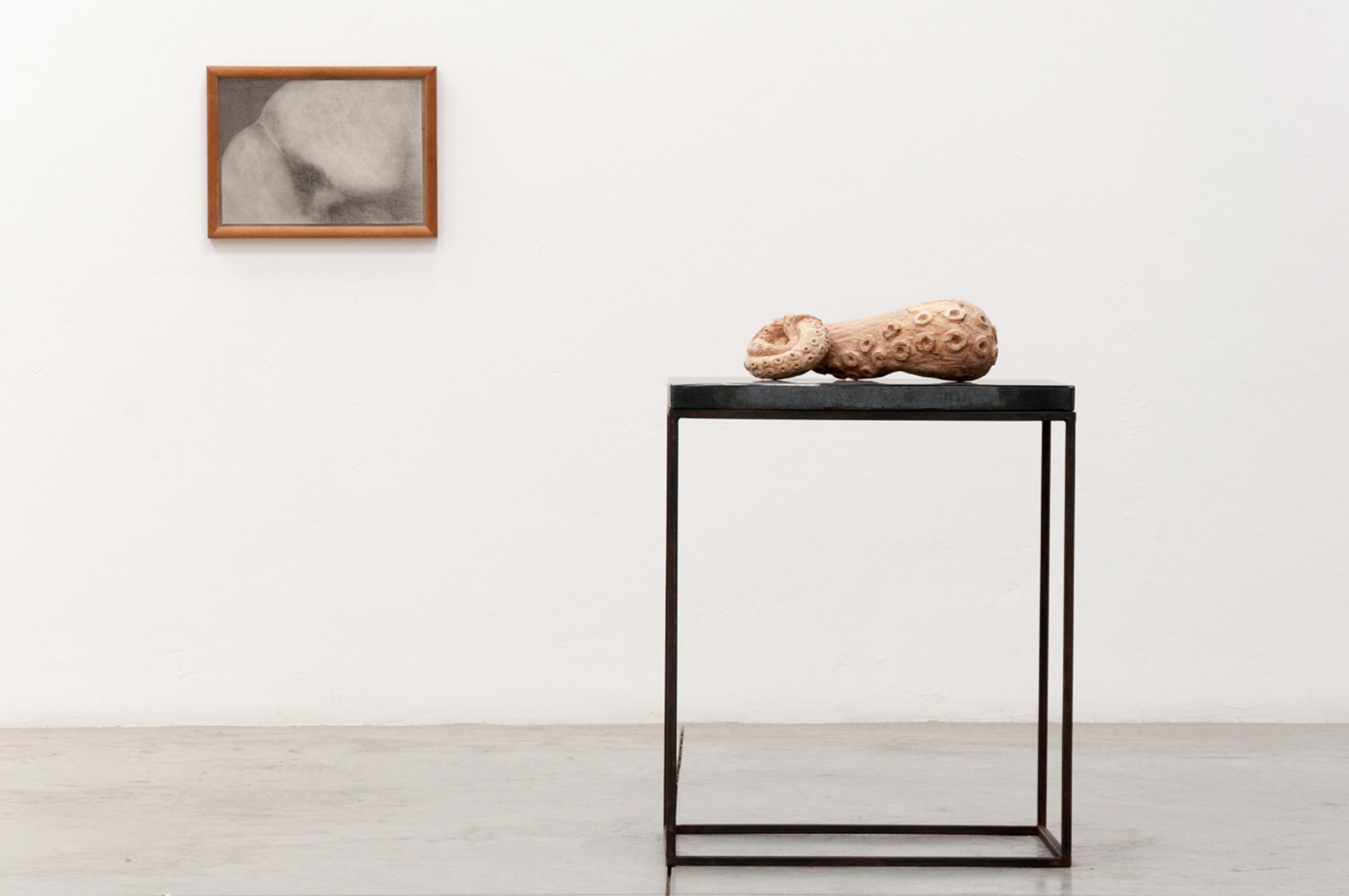
Presencia ,1994 de Miguel Huertas y El reflejo de la parte que perdió su cuerpo,2016 de Ana Roldán.

Ana Roldán. Reflejo de la parte que perdió su cuerpo, 2016. Obsidiana, Madera.

Miguel Huertas. Sin título, 1988-89. Técnica mixta.
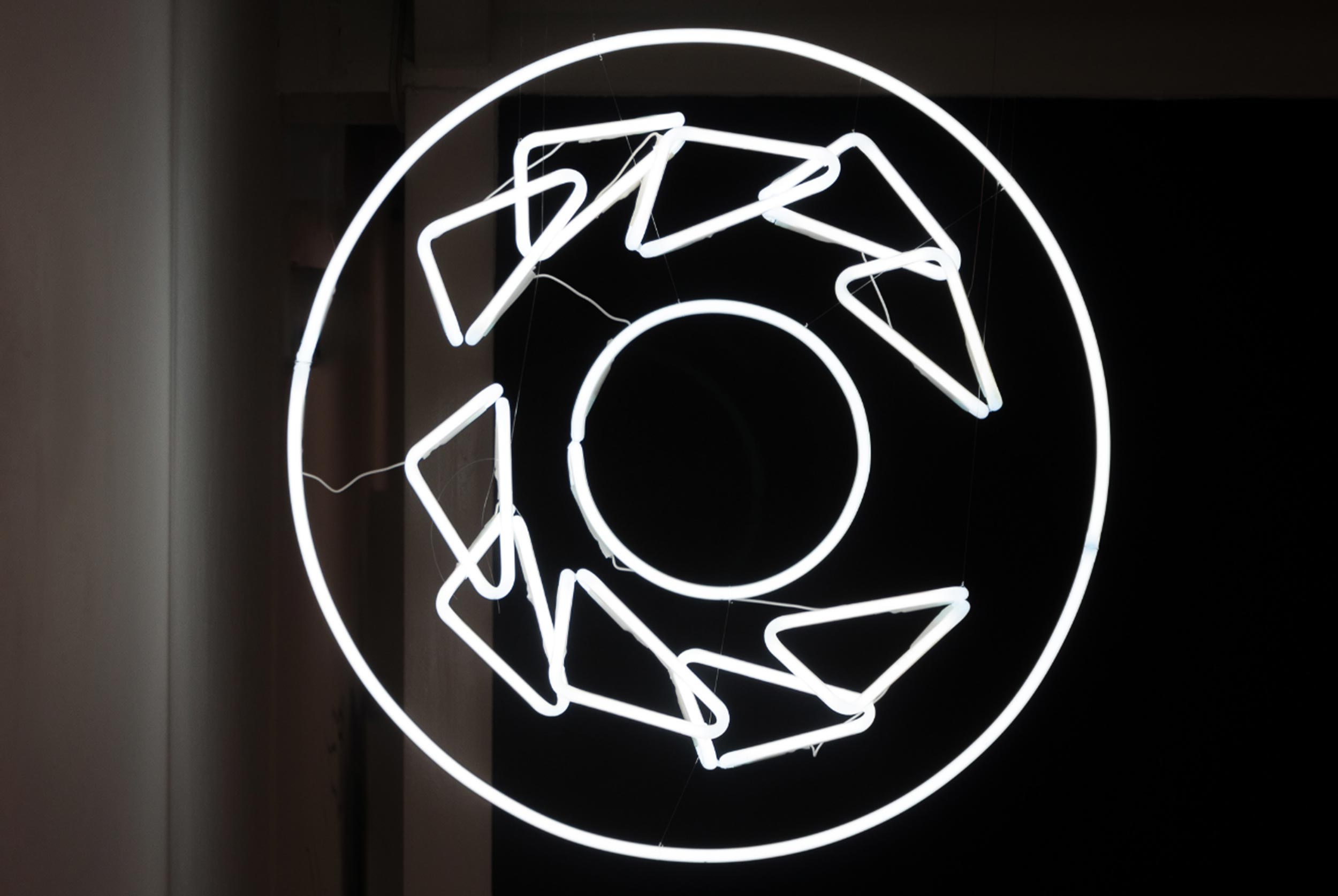
Ana Roldán. Noon vs Noon, 2016. Neón.

Miguel Huertas. Pequeño homenaje, 2002. Carbón sobre papel.
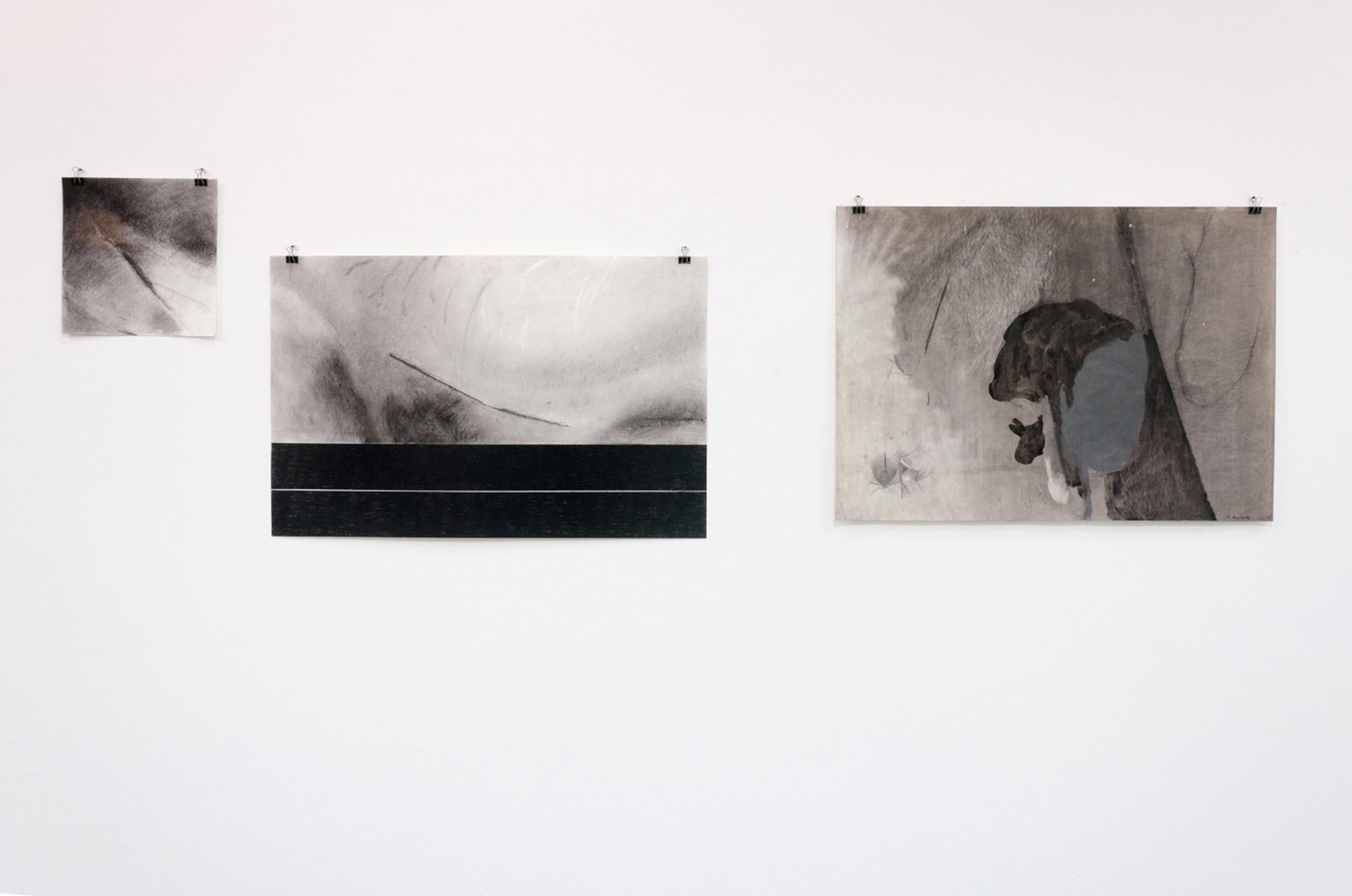
Miguel Huertas. Las líneas de la vida, 1995. Carbón sobre papel.
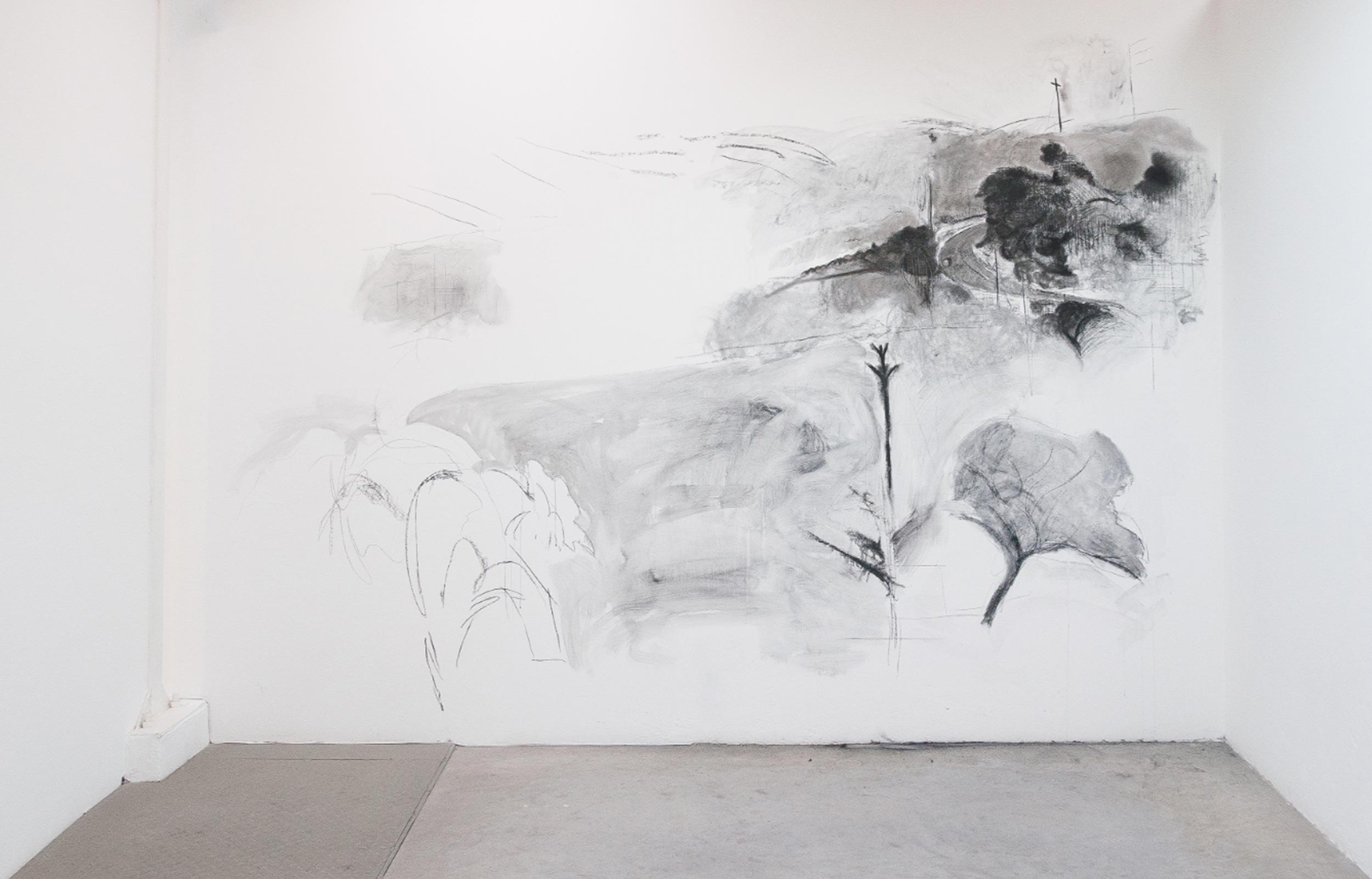
Miguel Huertas. Umbral, 2015-16. Carbón sobre pared.
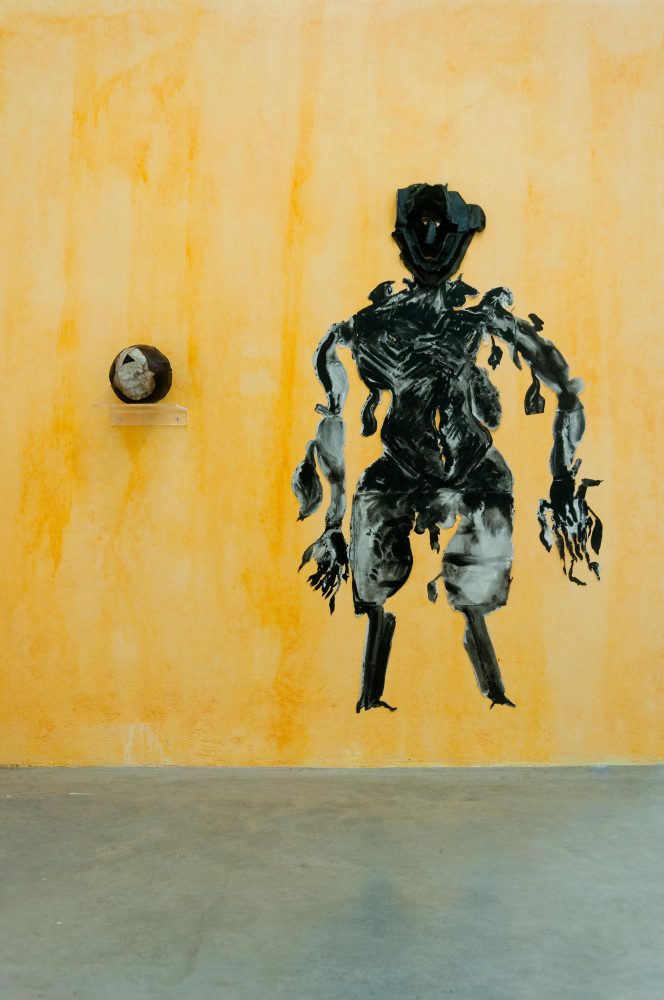
Miguel Huertas. Cuerpo cerrado y Marsias, 1988 y 1994.
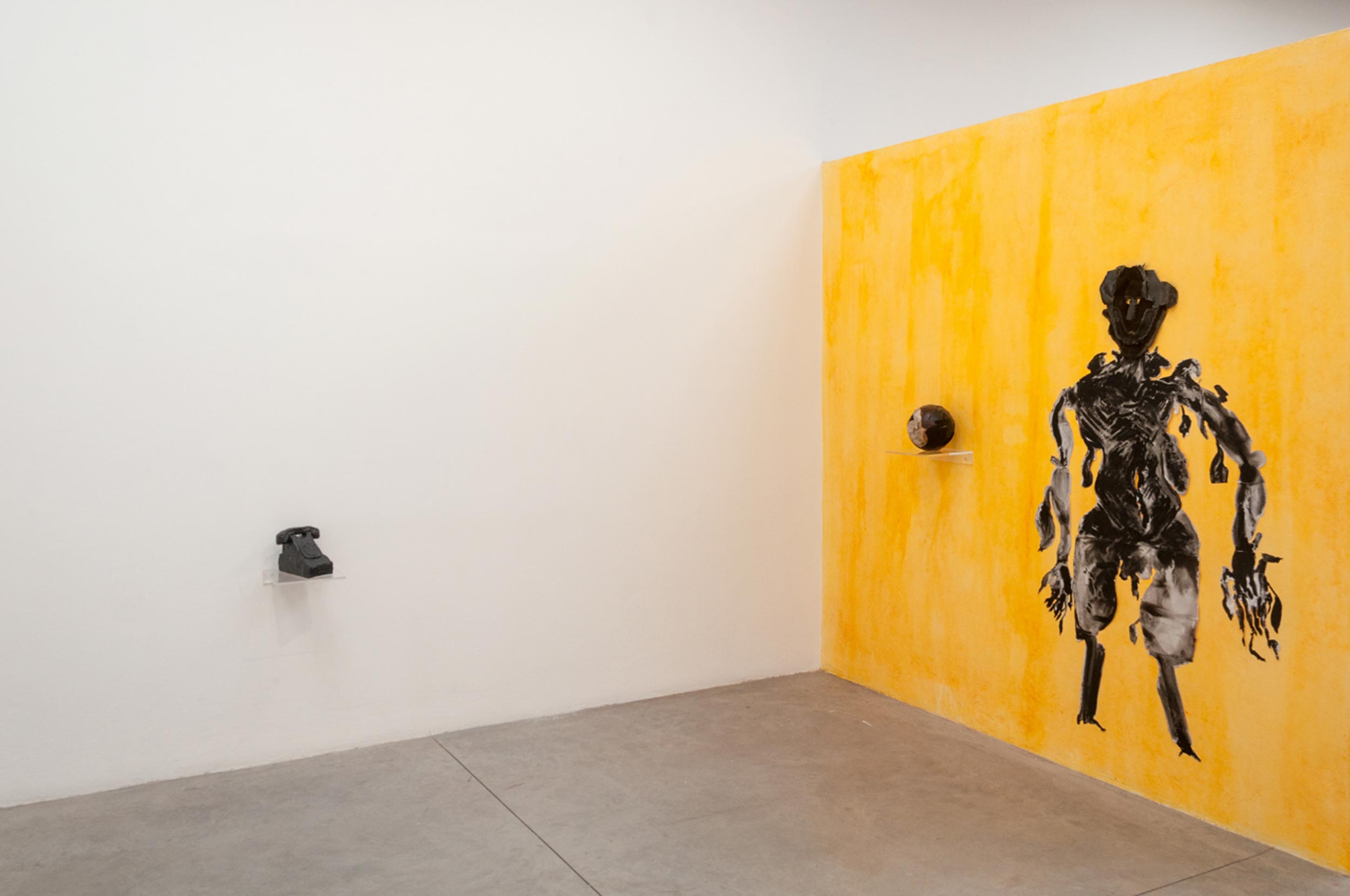
Miguel Huertas. Sin título, Cuerpo cerrado y Marsias, 1988 y 1994.

Miguel Huertas. Memoria, ca., 1993. Madera, carbón sobre papel.
For Miguel Huertas drawing is an extension of oneself and he has manage to under-stand it in the most complex manner: as a paradoxical object reduced to its minimal expression, as a draft drawn on a plane that becomes tri-dimensional, as a story in which every piece is a signal of life or a gesture, as a surface full of layers, layers of sketches, layers of textures, layers of beginnings and of ends.
Ana Roldán reflects on duality to develop a body of work that presents contrasts, reflexions and symbols; works that avoid absolutes and manage to transform the question in the answer that the viewer might be searching trough his appreciation of life and his creative experience. The artists ventures into the realms of philosophy and psychoanalysis to enable doubts about the commodified body. The animal or human body sometimes denies itself, fragments itself or is abstracted to become an experience of positives and negatives, of whites and blacks.